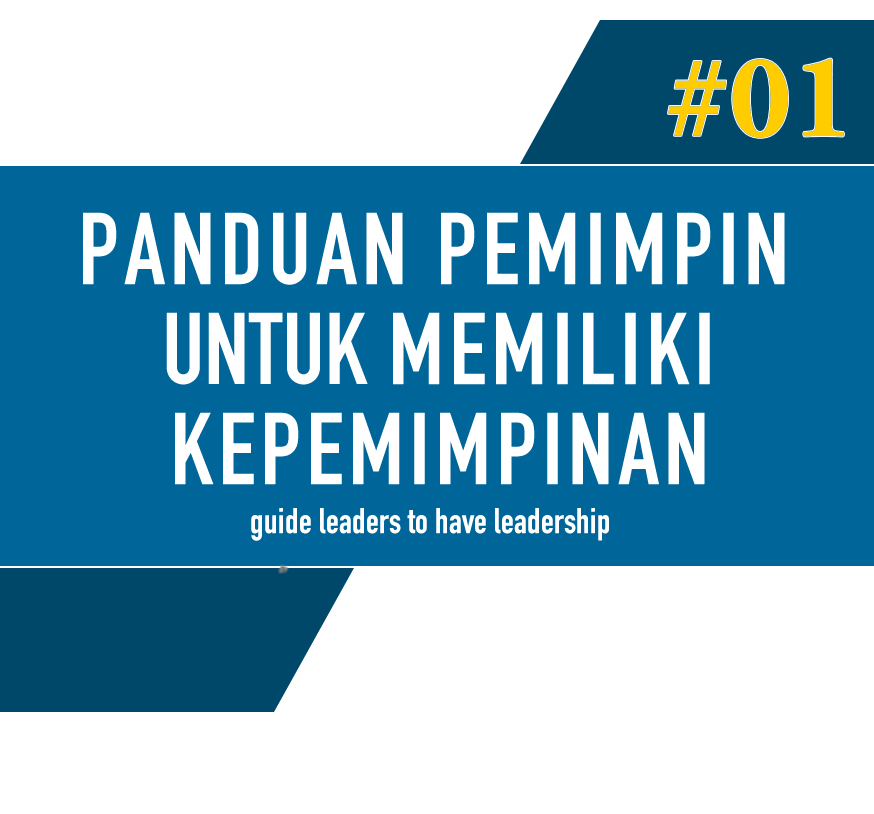NTT DoCoMo, Inc. announced today that interTouch Pte. Ltd., its wholly owned subsidiary in Singapore, has been renamed DoCoMo interTouch Pte. Ltd.
In January, DoCoMo interTouch wholly acquired Singapore-based MagiNet Pte. Ltd. to solidify its position as a premier Asia-Pacific provider of high-speed broadband connectivity services and video applications to the hospitality industry. DoCoMo interTouch now serves a total of 25 million hotel guests annually at approximately 1,000 hotels in 62 countries of Asia Pacific, Europe and the Middle East, with a growing presence in the Americas.
DoCoMo interTouch is now consolidating the operations of the former interTouch and MagiNet companies for increased efficiency.
Going forward, DoCoMo interTouch is committed to expanding and upgrading its offerings under the DoCoMo brand to provide the industry's most convenient and reliable broadband services to hotels worldwide.
(Attachment) Consolidation of subsidiaries of DoCoMo interTouch About NTT DoCoMo NTT DoCoMo is the world's leading mobile communications company. DoCoMo serves over 53 million customers, including 42 million people subscribing to FOMA™, launched as the world's first 3G mobile service based on W-CDMA in 2001.
DoCoMo also offers a wide variety of leading-edge mobile multimedia services, including i-mode™, the world's most popular mobile e-mail/Internet service, used by more than 47 million people.
With the addition of credit-card and other e-wallet functions, DoCoMo mobile phones have become highly versatile tools for daily life. NTT DoCoMo is listed on the Tokyo (9437), London (NDCM) and New York (DCM) stock exchanges. For more information, visit www.nttdocomo.com.

